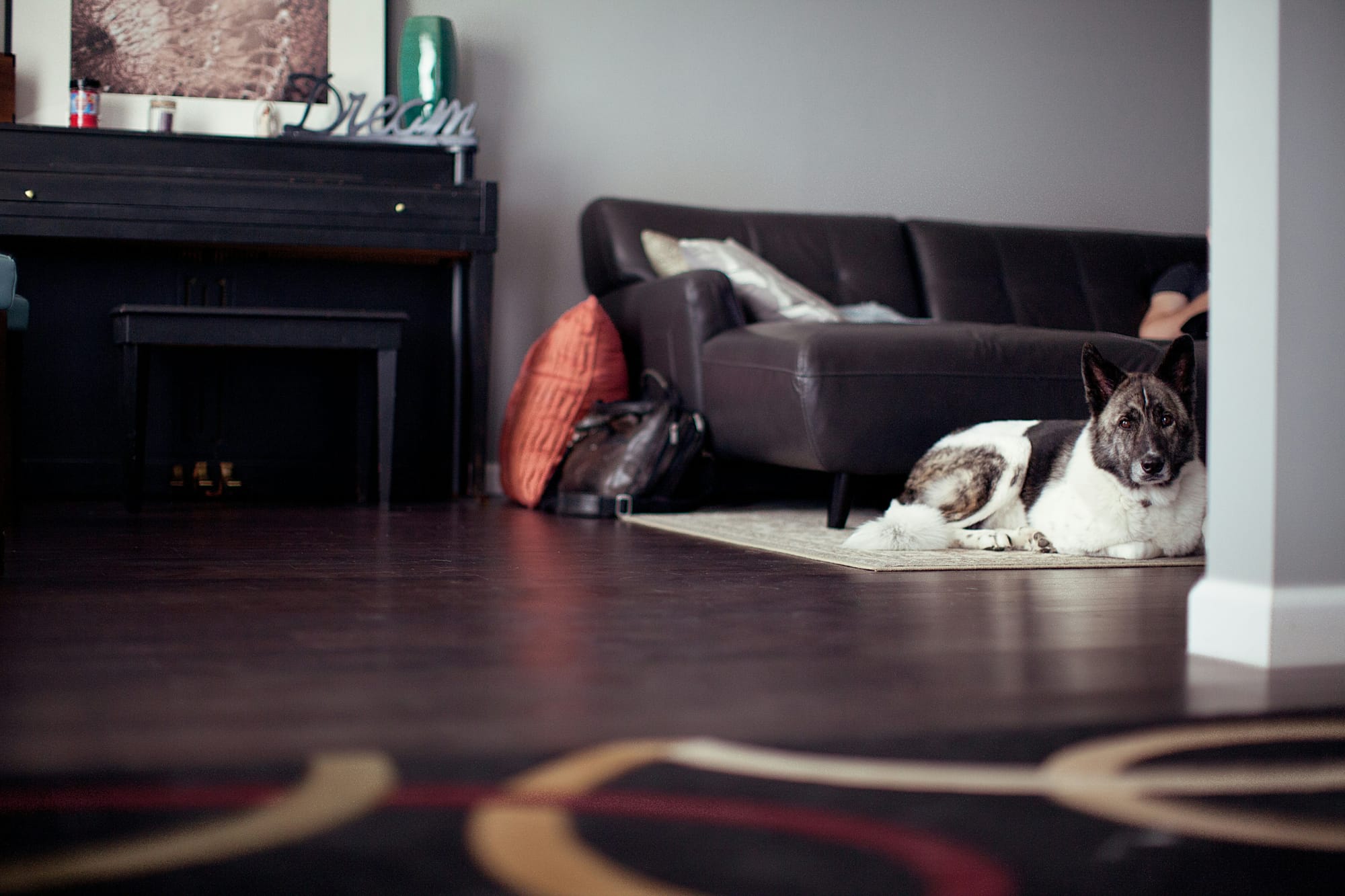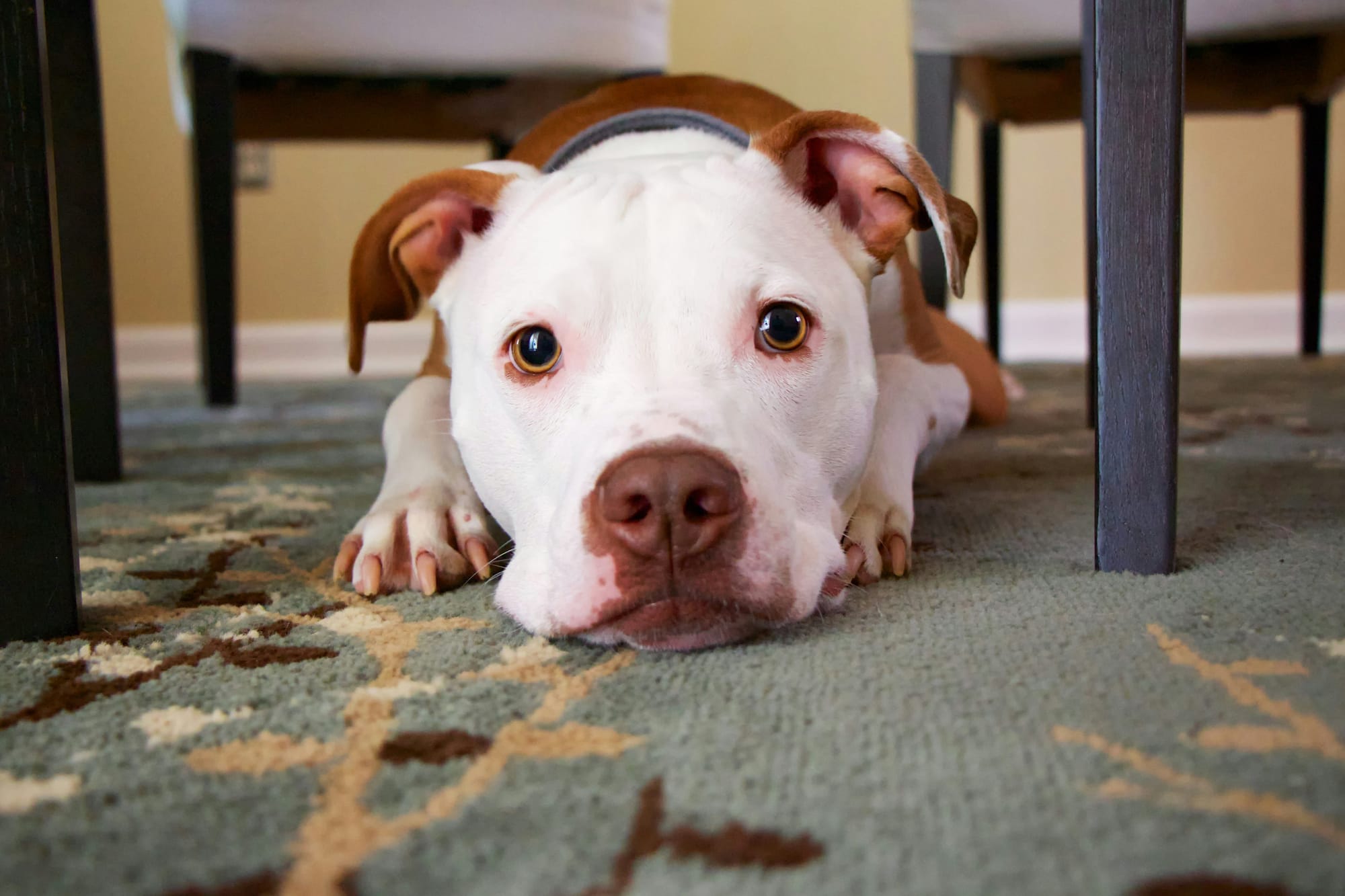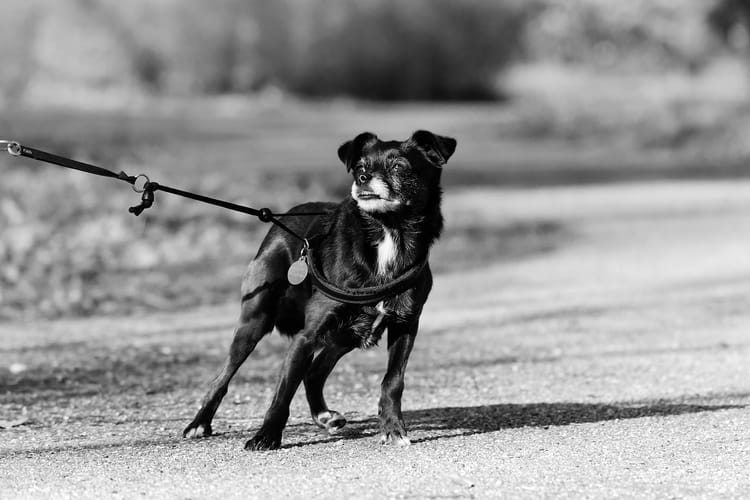Taming the beast: How to start desensitizing your dog to the vacuum
Discover effective steps to desensitize your dog to the vacuum cleaner with our easy-to-follow guide. Start turning your pet’s panic into calm!

Training Challenge: Overcoming your dog's fear of the vacuum cleaner
Are you struggling with a pup who turns into a frazzled furball at the first hum of a vacuum cleaner? You're not alone! Many of us face the challenge of helping our dogs overcome their fear of noisy household appliances. The key is desensitization—a gentle and effective way to ease your dog into becoming more comfortable with the dreaded vacuum. Here's how you can start:
- Identify a safe starting point:
Begin by ensuring the vacuum is completely off and stowed away in a familiar space where your dog feels comfortable. Allow your dog to approach it on their terms—no forcing! This initial step builds trust and curiosity without overwhelming your dog. - Create positive associations:
With the vacuum off, place your dog’s favorite treats around and on the vacuum cleaner. This helps your dog link the once-scary object with something enjoyable. Repeat this over several days to reinforce these positive associations.

- Introduce sounds gradually:
Once your dog seems comfortable with the presence of the vacuum, it’s time to familiarize them with the sound. Start by playing a recording of a vacuum cleaner at a low volume while feeding them treats. Gradually increase the volume over several sessions, always keeping an eye on your dog’s stress levels and backing off if necessary. - Practice movement without noise:
Move the vacuum slightly without turning it on to simulate the action of vacuuming. Continue to reward your dog for calm behavior around the moving vacuum. - Combine sound and movement:
When your dog is ready, turn the vacuum on for short periods while it’s still stationary. Reward them for staying calm. Gradually increase the time the vacuum is on and start moving it slowly around the room. - Regular practice means less dirt around the house:
Regular, short sessions are most effective and easier on the dog! Keep the mood light and positive, allowing your dog to take breaks as needed.
💡
Tip: Always observe your dog's body language. Signs of stress include panting, drooling, trembling, or attempting to escape. If these signs appear, reduce the intensity of the exposure and try again later.
And – just for pro trainers:
We love hearing from you! What success have you had desensitizing your dog to any other common household sounds or situations? Share your story with us, and it could be featured in our next post!





